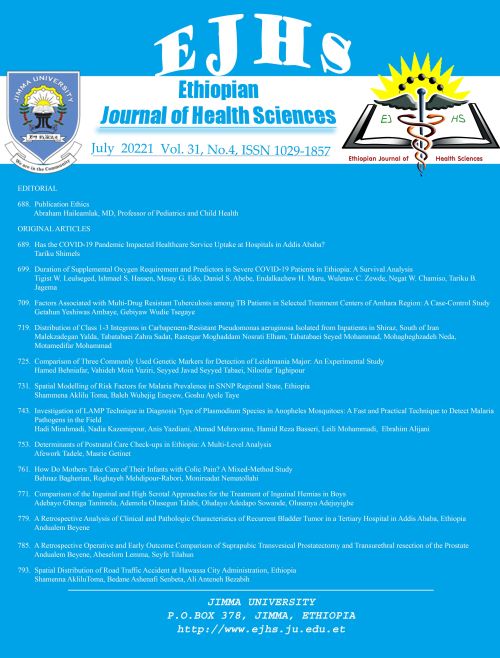Main Article Content
Comparison of Three Commonly Used Genetic Markers for Detection of Leishmania Major: An Experimental Study
Abstract
BACKGROUND፡ Leishmaniasis is a vector-borne disease caused by an intracellular protozoan parasite called Leishmania spp. Different species produce different clinical outcomes; the majority of cases are cutaneous forms. Leishmania major is one of the main causative agents of cutaneous leishmaniasis (CL). Various methods are being using to diagnose CL, including microscopic examination, culture, and molecular detection of the parasite genome.
METHOD: In the current study, we tried to compare three common molecular markers, including Kinetoplast DNA (kDNA), Cytochrome b (Cyt b), and Internal transcribed space 1 (ITS1), for the detection of Leishmania major. After cultivation of standard strain of L. major MHOM/IR/75/ER in RPMI 1640, certain number of promastigotes was subjected to DNA extraction and different PCR reactions.
RESULTS: The lowest number of the parasite (5 promastigotes) can be detected by kDNA-PCR, followed by Cyt b-PCR (10 promastigotes), and ITS1-PCR (50 promastigotes).
CONCLUSION: In conclusion, kDNA-PCR was the most sensitive marker and may provide more reliable data in the initial screening, especially in false-negative results provided by parasitological methods due to the low number of parasites.






